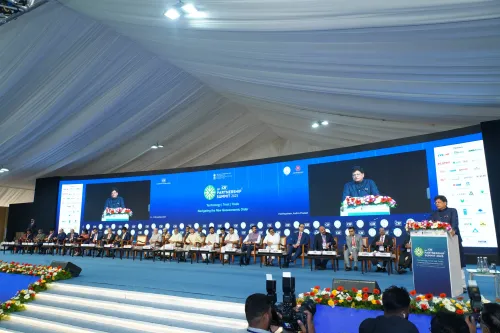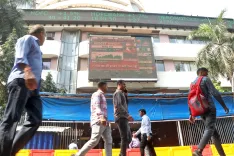Why Did Japan Express Regret Over South Korean Military Plane Entering Its Defense Zone?

Synopsis
Key Takeaways
- Japan expressed regret over a South Korean military plane's unauthorized entry.
- Fighter jets were scrambled in response to the incident.
- Improved communication between Japan and South Korea is essential.
- South Korea's aircraft was diverted due to severe weather.
- Regional security cooperation is crucial amidst increasing tensions.
Tokyo [Japan], July 25 (NationPress) Japan's Chief Cabinet Secretary on Friday described it as "regrettable" that fighter jets were deployed following a South Korean military aircraft's unauthorized entry into Japan's air defense identification zone earlier this month. In a press conference, Yoshimasa Hayashi emphasized that the Japanese government has urged South Korea to implement measures to prevent similar occurrences in the future. He referred to Seoul as an "important partner" with whom Tokyo intends to continue "close collaboration," as reported by Kyodo News.
In a related development, South Korea's military revealed on Thursday that a South Korean transport aircraft briefly entered Japan's air defense identification zone earlier this month, prompting Japan to scramble a fighter jet in response, according to Yonhap News Agency. The C-130 aircraft was en route to Guam for military exercises when it had to divert to Kadena Air Base in Okinawa due to severe weather.
The South Korean military stated that the aircraft was unable to properly notify Japanese authorities about the diversion, which led to the scramble by Japan's Air Self-Defense Force. Once South Korean officials explained the reason for the diversion, the transport plane was permitted to make an emergency landing at Kadena Air Base to refuel before continuing its journey to Guam. South Korea's defense forces have launched an investigation into the incident.
On July 10, Admiral Kim Myung-soo, Chairman of South Korea's Joint Chiefs of Staff, discussed security matters with General Yoshihide Yoshida, head of Japan's defense ministry's Joint Staff, during Yoshida's visit to South Korea. The purpose of this visit was to meet with counterparts from Japan and the U.S.
Admiral Kim Myung-soo also engaged in a trilateral meeting with Admiral Yoshida and U.S. General Dan Caine. During this meeting, General Caine highlighted the need for security cooperation among the three nations to re-establish deterrence amid an "unprecedented" military buildup by North Korea and China. He remarked, "Our focus in the United States remains on reestablishing deterrence, and this requires trilateral cooperation among our three countries."
General Caine added, "The DPRK and China are undergoing an unprecedented military buildup with a clear intent to advance their own agendas." He urged the U.S., South Korea, and Japan to remain vigilant and proactive in their partnerships.









